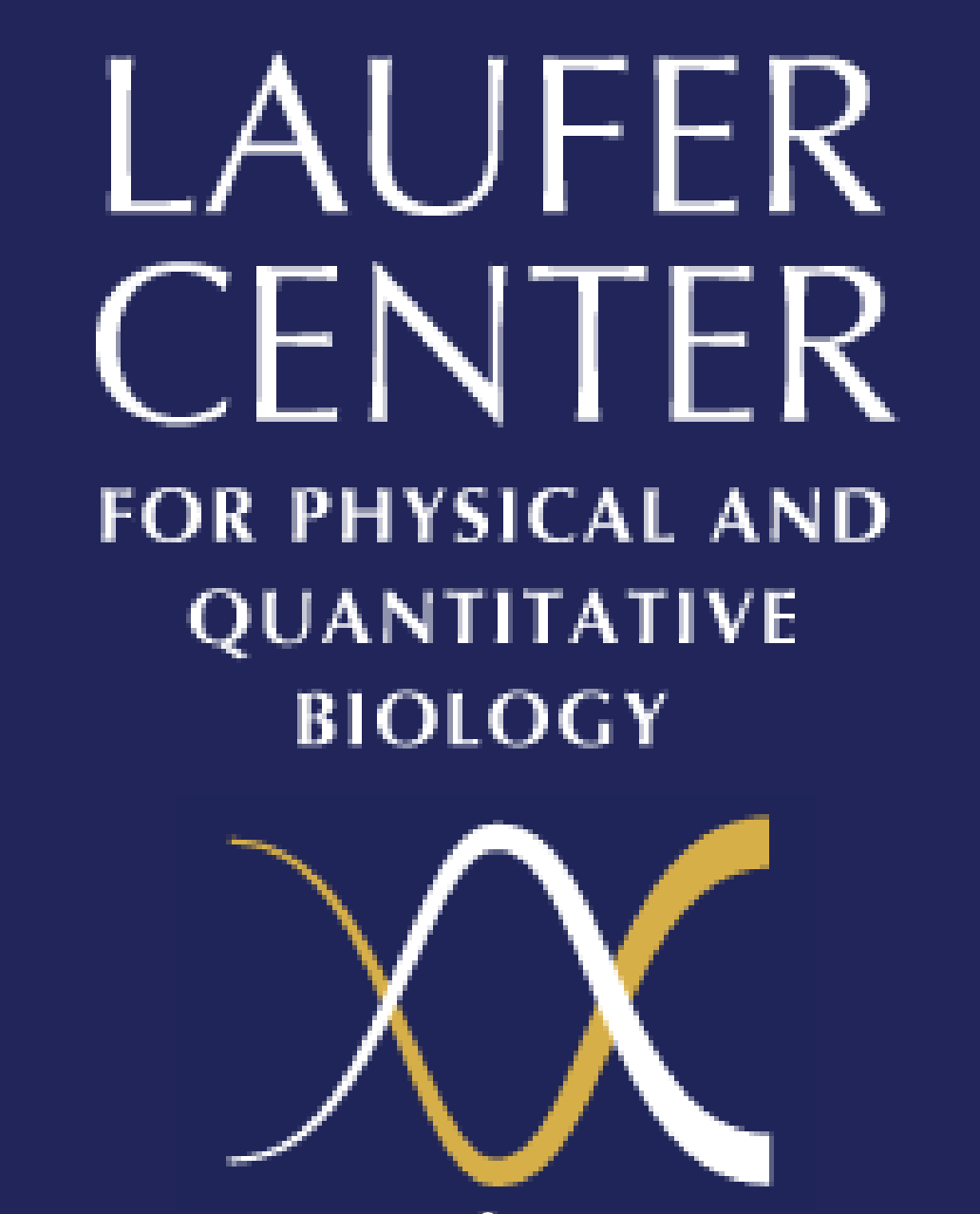Events Calendar
Ulrich Zachariae
Friday, November 13, 2015, 02:30pm - 03:30pm
Hits : 2725
Contact Lonnie Wollmuth
Computational Biophysics and Drug Discovery
School of Life Sciences
University of Dundee
Ion Channels and Receptors at Work: Atomistic Simulations of Membrane Proteins Under Voltage
Over the past decades, the atomistic simulation of membrane proteins has reached biologically relevant timescales and revealed important insights into their energetics and functional mechanisms. Cell membranes possess strong electrochemical gradients, which form the basis of membrane voltage and drive the function of transporters and ion channels. We use sustained electrochemical gradients across the membrane in our simulations to study the function of membrane proteins in an environment resembling these physiological conditions. Looking at ion flux through the open state of K+ channels, we find that the electrostatic interaction between close ion pairs in their selectivity filter underpins efficient conduction at diffusion-limited rates. Evidence for close ion contacts is also obtained from the reanalysis of crystal data. Our simulations of KCl/NaCl mixtures show that this mechanism is, in addition, highly selective for K+ ions and reveal the determinants of ion selectivity under actual permeation conditions. While voltage-induced effects on ion channels are well-known, the effect of membrane voltage on non-channel forming membrane proteins is not as widely appreciated. For example, the activation of G-protein coupled receptors has been reported to be voltage-sensitive. We have identified significant charge movements in GPCRs on depolarization which occur within a structural feature conserved across the receptors. The calculated gating currents for this movement are in excellent agreement with the experimental observations. Our results thus suggest a conserved structural basis for voltage sensing across class A GPCRs.
Location Lecture Hall 101


